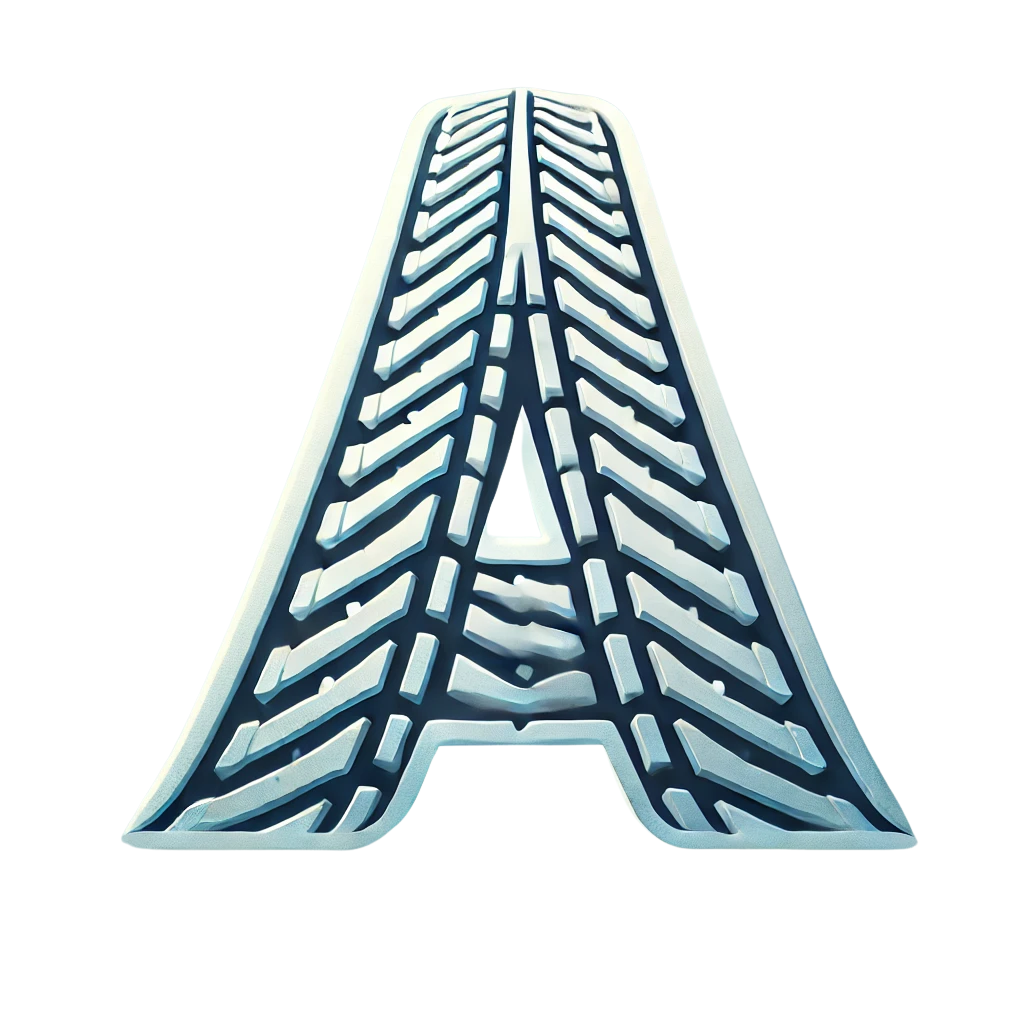Aftermarket vs. OEM Parts Considerations for Snowmobiles
Understanding the Aftermarket vs. OEM Debate
When maintaining or upgrading a snowmobile, riders often face the choice between OEM (Original Equipment Manufacturer) and aftermarket parts. Each option comes with distinct advantages and trade-offs in terms of cost, quality, performance, and warranty implications. Whether replacing a worn-out component or enhancing performance, understanding these differences is essential for making the right decision. This guide will examine the pros and cons of both OEM and aftermarket parts, focusing on common snowmobile upgrades such as performance exhausts, clutch kits, and suspension components.
Cost Considerations
One of the primary factors when choosing between OEM and aftermarket parts is cost. OEM parts are made by the original manufacturer and designed to match factory specifications, but this often comes at a premium price. Aftermarket parts, produced by third-party manufacturers, tend to be more affordable with a broader range of pricing options.
| Part Type | Cost |
|---|---|
| OEM Parts | Higher cost due to manufacturer branding, research, and warranty coverage |
| Aftermarket Parts | More affordable, with prices varying based on brand and quality |
Quality and Performance
OEM parts are built specifically for your snowmobile model, ensuring a precise fit and reliable performance. These parts meet strict quality standards, making them a trusted option for those who prioritize longevity and consistency.
Aftermarket parts, on the other hand, vary in quality. Some aftermarket manufacturers produce high-performance components that exceed OEM standards, while others focus on budget-friendly alternatives that may compromise durability. Riders seeking enhanced performance should research reputable aftermarket brands that specialize in snowmobile upgrades.
Warranty Implications
OEM parts often come with a warranty from the snowmobile manufacturer, ensuring protection against defects and failures. Using OEM parts can also help maintain a snowmobile's factory warranty.
Aftermarket parts typically offer limited or no warranty coverage. While some high-end aftermarket brands provide warranties comparable to OEM parts, many budget options do not. It is crucial to check warranty terms before purchasing any aftermarket component.
Common Aftermarket Upgrades for Snowmobiles
Many snowmobile riders turn to aftermarket parts to improve speed, handling, and durability. Below are some of the most common performance upgrades:
Performance Exhaust Systems
- OEM Exhausts: Designed to balance performance, emissions compliance, and noise regulations.
- Aftermarket Exhausts: Typically lighter and offer improved airflow, leading to increased horsepower. However, they may not comply with noise and emissions regulations in some areas.
Aftermarket exhausts are a popular choice for riders looking to enhance acceleration and throttle response. Brands such as MBRP and Bikeman Performance specialize in high-quality snowmobile exhaust systems.
Clutch Kits
- OEM Clutches: Provide smooth and consistent power delivery but may not be optimized for specific riding styles.
- Aftermarket Clutch Kits: Allow riders to fine-tune power transfer for better acceleration, higher top speeds, or specific terrains such as deep snow or trails.
Aftermarket clutch kits, such as those from Dalton Industries and EPI Performance, can significantly improve performance in different riding conditions. Riders seeking better backshift response or quicker engagement often opt for these upgrades.
Suspension Components
- OEM Suspension: Tuned for a balance of comfort and control across various terrains.
- Aftermarket Suspension: Offers improved shock absorption, stiffer springs, and tunable settings for aggressive riding or deep-snow performance.
Suspension upgrades, such as Fox and KYB shocks, provide greater adjustability and comfort, reducing rider fatigue on long trips.
Track Upgrades
- OEM Tracks: Standard rubber tracks designed for general use.
- Aftermarket Tracks: Available in different lug heights and designs to improve traction in deep snow or icy conditions.
For backcountry riders, aftermarket tracks like Camso and Ice Ripper provide increased grip and better flotation, allowing for better control in challenging terrain.
Handlebar and Control Upgrades
- OEM Handlebars: Ergonomic but may lack adjustability.
- Aftermarket Handlebars: Allow for customization with different heights, grips, and risers.
Brands such as Rox Speed FX offer handlebar risers that provide a more comfortable and responsive riding position, particularly for standing riders.
Which Option is Right for You?
Deciding between OEM and aftermarket parts depends on your priorities:
- Choose OEM parts if you want reliability, warranty protection, and precise fitment.
- Choose aftermarket parts if you seek enhanced performance, cost savings, or custom modifications.
For general maintenance and ensuring manufacturer support, OEM parts are often the best choice. However, riders looking for improved acceleration, better handling, or specialized performance should explore reputable aftermarket options.
Final Thoughts
Both OEM and aftermarket parts have their place in snowmobile maintenance and upgrades. Riders should consider factors such as cost, performance, warranty, and quality when making their decisions. Whether sticking with factory parts for reliability or upgrading to aftermarket components for improved performance, making an informed choice will lead to a better riding experience.
